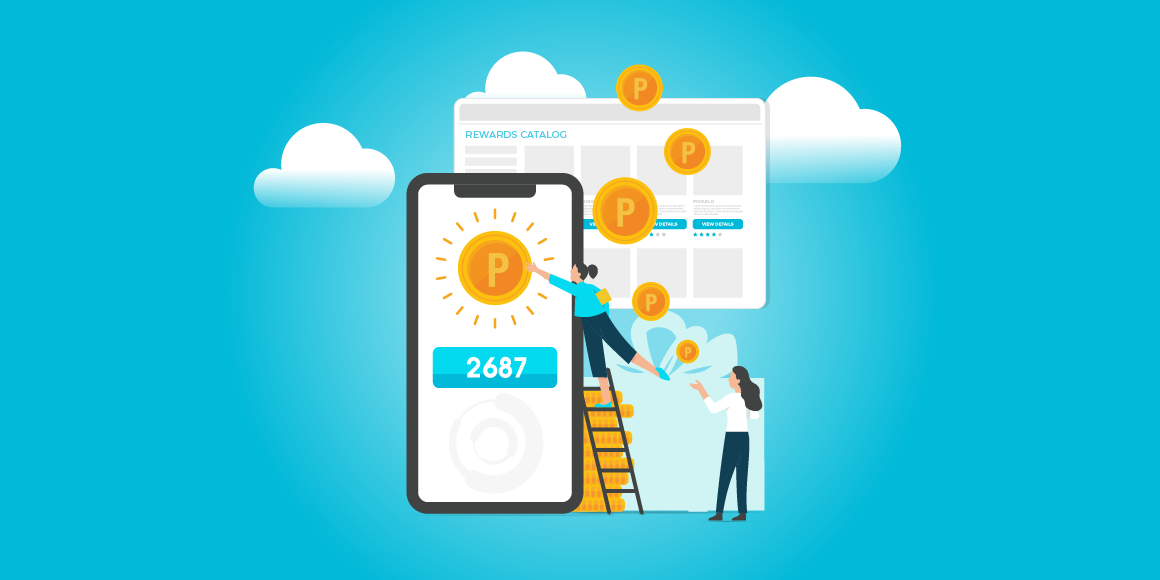Implementing and managing global incentive programs can be a daunting task. Coping with different currencies and constantly changing economic conditions make running global programs a significant challenge, often feeling more precarious and complex than their domestic counterparts.
However, as international markets continue to mature and grow, the demand for such global incentive strategies is increasing. These programs present unique opportunities and concrete benefits, giving your business a strategic edge. Failing to streamline or even initiate a global program may leave you trailing in the competitive landscape.
So, how can you tap into these advantages while minimizing the risk, resource allocation, and operational capacity typically needed for global incentive programs?
We recommend trying:
- Points-Based Programs
- Lifecycle Benchmarking
- Personalized Approaches
- Incorporating Gamification
Using these methods allows you to finely balance between identifying potential weak points through reverse engineering, and long-term, adaptable goals across various territories.
We’re exploring each of these tactics in depth, giving you the information and tactics needed to take your global program to the next level.
Points-Based Programs
Universal points currency programs are excellent solutions to various global incentive challenges.
A simple point system can drive participant outcomes and be communicated across different countries. A reward structure that dictates, “performs this action and earn points” is effective across all regions. Plus, the rewards can be tailored to any action the brand aims to promote in diverse markets and countries.
Sales celebrations, customer purchases, partner/installer accreditations, learning investments, Market Development Fund (MDF) fund conversion - all can be managed through a points-based system.
These programs are particularly effective for multi-country incentives, as they can be modified to accommodate the diversity of European countries.
Points can be accumulated for tax advantages, group legislation, or perceived fairness. For instance, we can offer top performers an exclusive VIP experience or event through leaderboards. Alternatively, individual points can be aggregated and used at the company level for a business partner to invest in MDF or organize a customer event.
360 insights have witnessed up to a 65% increase in program activity where proper consideration for markets has been applied with optimally matched point iterations.
Lifecycle Benchmarking
If introducing a new program, use the first 6 months to realise participant patterns and trends. For example, you may see all partner/customer spends are aligned to 30% of your reward portfolio or certain product promotions – so use these findings to tailor your overall program to align to best engagement to drive best business success.
Likewise, with established programs, you may see across YOY incentive running that certain seasons or quarters reflect more incremental sales or claims to enable you to capitalise on this with more targeted promotions at these times.
The key is – don’t be afraid. If things are not working or things stop working and need to change - based on program insights – then change them. Think of your incentive programs across a lifetime and address age requirements as you go.
Personalised Approaches
Regularly communicating with your program members, partners, and customers in their preferred behaviour helps build loyalty and gain valuable insights into their preferences, views on your products, or even your competitors' products.
The more you engage in this activity, the better relationships and data you can leverage to drive business outcomes. The advent of AI greatly enables this, but you can start now with your existing incentive program data. Break it down into engagement user groups and start customising your communication based on their buying habits and rewards preferences. Tailor your incentive offers around the products they're buying and the rewards they prefer to drive incremental business growth.
Incorporating Gamification
Gamification, in the form of tiering progression, leaderboard competitiveness, achievement badges, micro-learning, instant wins, and prize draws can be effective across both B2B and B2C programs. It can adapt and accumulate behaviour.
In incentive programs, gamification should be layered into base programs as an additional motivation to drive something. For example, one leading electronics provider boosted sales of a particular SKU by 30% by introducing a prize draw. Similarly, a leading technical provider gamified their entire program by rewarding technical champions for knowledge sharing and micro-learning. This resulted in 95% global engagement and increased sales due to enhanced education and confidence.
—
So, there you have it: some top insights for future proofing your incentives. To learn more - view this OnDemand expert panel discussing this subject directly. Future-Proof Your 2025 Channel Incentive Strategy with a Global Lens





